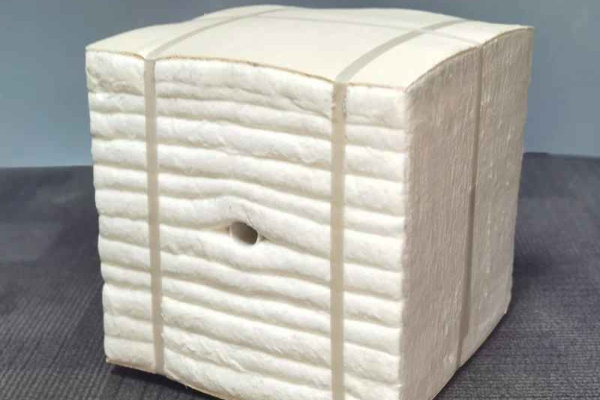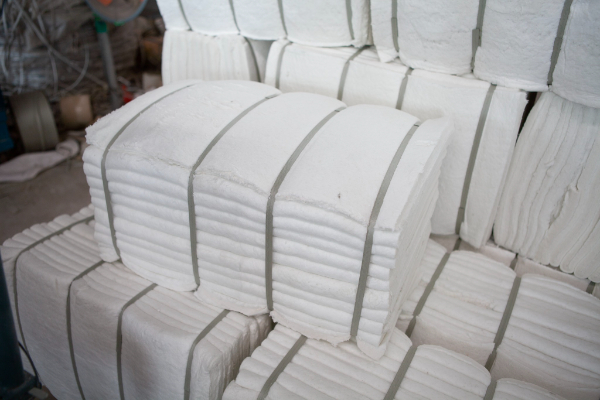Structural Characteristics of Ceramic Fiber Block
Ceramic fiber block is pre-formed rigid insulation components made of high-quality ceramic fibers. Ceramic fiber modules are engineered to provide superior thermal insulation and withstand extreme temperatures. This feature makes it ideal for various industrial applications. Its manufacturing process involves needle-punching ceramic fibers together and bonding them with high-temperature adhesives. Thus it ensures a strong and durable structure.

Structural characteristics of ceramic fiber block
- The anchor nails used for the ceramic fiber block are on the cold side of the lining (about 50mm away from the steel plate), which is far away from the hot side. This not only reduces the formation of thermal bridges between the furnace gas and the furnace wall plate but also reduces the grade of the anchor material, thereby reducing the project’s cost.
- The fiber structure has good integrity, low fiber thermal conductivity, good overall thermal insulation effect, low fiber bulk density, and less load on the entire steel structure. The module does not contain adhesives and will not react with flue gas to generate harmful gases during use, which can effectively protect the steel plate.
- The ceramic fiber module itself does not contain moisture. After the construction, it can be put into production without drying the furnace, shortening the production cycle.
- Simple construction and short cycle. The ceramic fiber blocks furnace lining is elastic and the compression amount can be predicted. Proto, there is no need to leave expansion joints during construction. Construction personnel can take up their posts after basic training, and construction technical factors have little effect on the insulation effect of the furnace lining.

 Továrna na žáruvzdorné materiály Rongsheng
Továrna na žáruvzdorné materiály Rongsheng
WeChat
Naskenujte QR kód pomocí wechat